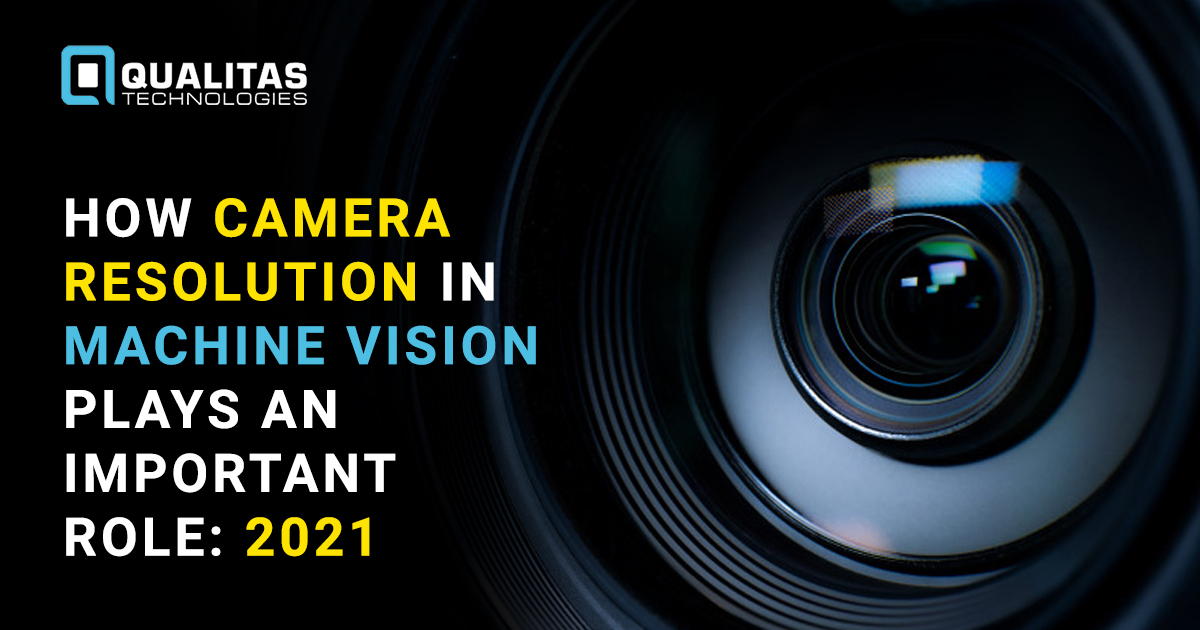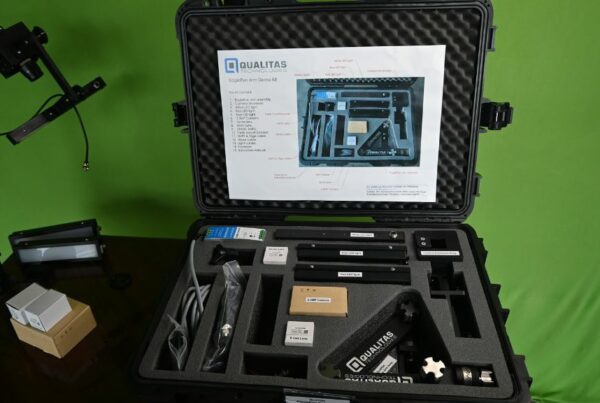
Introduction
You might have probably come across the “megapixel myth” or the phrase: “the higher the camera resolution, the better the camera is”. The “megapixel myth” has some truth to it, but it works both ways. High-resolution images are sharper, capture more details, and have room for digital zooming without significant loss of detail.
However, higher resolution is not always preferable. Extremely high resolution can lead to large file sizes and increased processing times in some cases. Ultimately, the resolution that you require boils down to your intended application.
Also, Read What Is Image Acquisition In Machine Vision? – Trigger Mechanism
Resolution is a key aspect that is to be considered while choosing a machine vision camera for your application. It refers to the smallest of optical features, such as a line to be distinguished from another. Some factors affecting resolution have been enumerated below:
- The number of pixels in the image sensor.
- The quality of optics responsible for mapping the image to the sensor.
- The magnification of how the pixels are projected on the object.
What is resolution?
The term ‘resolution’ can be defined as the amount of object detailing that the imaging system can reproduce. In other words, it is a parameter that controls how clear or how detailed your features of interest appear. You can determine the necessary resolution for your imaging system by measuring in real-world units the size of the smallest feature that needs to be detected by your system.
For example, if the application is flaw detection, it might be the tiny scratches or physical deformities in the order of microns or millimeters. In the case of object detection, the smallest feature might be the dimension of the object.
To make accurate measurements, a minimum of two pixels should form the tiniest feature of interest that you would want to detect in a digitized image. In theory, two pixels is the bare minimum for distinction, but you should have at least four to five pixels in practice. This information can help you pick the appropriate camera and lens for the imaging application.
Also, Read Camera Types for Machine Vision Applications
How to calculate resolution as per your application requirements?
So, resolution primarily depends on three different parameters, which are the following:
1. Minimum Feature Size (MFS)The minimum feature size or MFS is the parameter that refers to the most minor feature of interest for the vision application.
Suppose we have to inspect the quality of capsules and separate the ones with scratches or cracks. Then the minimum feature size is the size of those cracks, probably in the order of millimeters.
2. Field of View (FOV)
Field of view is the total area to be imaged by the camera. Suppose we inspect three capsules at a time. Then the FOV is the area occupied by the three capsules.
3. Pixel Resolution (PR)
Pixel Resolution is the number of pixels required to resolve the minimum feature size (MFS). We can say that the higher the PR, the higher will be the image quality. For flaw detection, pixel resolution should be five or more. In the case of OCR reading, a bare minimum of ten is recommended.
The formula to calculate resolution along any dimension is: (FOV X PR)/MFS.
Also, Read Choosing The Correct Lens For a Machine Vision Project
Let us consider a real-life application to properly comprehend how to calculate the required resolution for our application and choose an apt camera accordingly.
Previously in this blog post, we considered the quality inspection of capsules. Let’s calculate the necessary resolution requirements for the same. So let the two dimensions of the capsule be 20 mm and 8 mm, respectively. Let the minimum feature size (MFS) be 0.1 mm, and the PR be 5. So, what are our resolution requirements?
Along the 20 mm length, the resolution is (20 X 5)/ 0.1 which is 1000 px. Similarly, along the 8 mm length, the resolution is (8 X 5)/ 0.1, which is 400 px. So, we need a camera with 1000 X 400, i.e., 0.4 MP resolution. However, it must be remembered that the goal is not to acquire a 0.4 MP camera but a camera that offers a minimum of 1000 px and 400 px along the dimensions of the object to be inspected. Similarly, resolution can be calculated for different machine vision applications.
Also, Read How Lighting Plays An Important Role In Machine Vision?
Conclusion
Resolution is a key parameter determining the capabilities of a machine vision system. For vision applications such as defect detection and OCR reading to be accomplished accurately, the features of interest must be sharp and visible. Therefore, having a vision camera with suitable resolutions is crucial. In a previous blog post, we learned about the different kinds of cameras. The next step is tackling the resolution part. In this blog post, we learned about what resolution actually is, the factors affecting resolution, and how we can calculate the resolution requirements for our vision applications.
Get In Touch With Us





